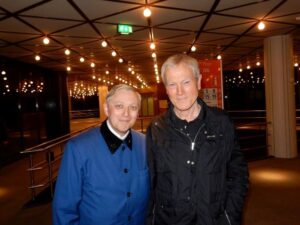 The ELECTRI_CITY_CONFERENCE held its second event at Düsseldorf’s CCD following the success of the inaugural gathering.
The ELECTRI_CITY_CONFERENCE held its second event at Düsseldorf’s CCD following the success of the inaugural gathering.
With impressive line-up that read like a ‘Who’s Who?’ of electronic music, former NEW ORDER bassist Peter Hook, OMD’s Andy McCluskey, HEAVEN 17, WRANGLER, MICHAEL ROTHER, VILE ELECTRODES, METROLAND and TINY MAGNETIC PETS were among those who took part in 2015.
For the 2016 event, JOHN FOXX, STEVE D’AGOSTINO, RUSTY EGAN, MARSHEAUX, JIMI TENOR, JORI HULKKONEN and ERIC RANDOM played live while among the speakers were DANIEL MILLER, CHRIS LIEBING, MARK REEDER and CHRIS PAYNE.
The conference coincided with co-organiser Rudi Esch publishing ‘ELECTRI_CITY – The Düsseldorf School of Electronic Music’, an English language version of his acclaimed book documenting the development of the city’s innovative and inspiring music scene which spawned acts such as KRAFTWERK, DAF, RIECHMANN, NEU! and LA DÜSSELDORF. With Jochen Oberlack of Bellerophon Records acting as the weekend’s Master of Ceremonies, the first of the special international guests was MARK REEDER.
 Presenting his acclaimed documentary ‘B-Movie: Lust & Sound In West-Berlin 1979-1989’, the film captured the music, art and chaos of West Berlin before the infamous wall came tumbling down.
Presenting his acclaimed documentary ‘B-Movie: Lust & Sound In West-Berlin 1979-1989’, the film captured the music, art and chaos of West Berlin before the infamous wall came tumbling down.
But as Reeder explained in his charmingly fluent Mancunian lilted German to Tassilo Dicke in the Q&A afterwards, the enclosed conscription free environment allowed a creative melting pot to emerge where everything and anything seemed possible.
Next up was CHRIS PAYNE in an interview hosted by ELECTRICITYCLUB.CO.UK. Best known as a member of GARY NUMAN’s band between 1979-1990 and for co-writing VISAGE’s ‘Fade To Grey’ with Billy Currie and Midge Ure, the Cornishman began by demonstrating his bass Cornamuse, a double reed instrument from the 14th Century.
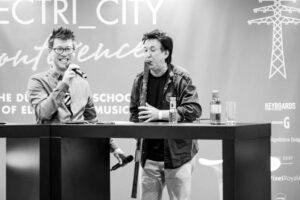 Revealing that he studied Medieval music, he even treated the audience to a quick burst of ‘Cars’ before reflecting on its limitations and therefore highlighting the expansive possibilities of synthesizers.
Revealing that he studied Medieval music, he even treated the audience to a quick burst of ‘Cars’ before reflecting on its limitations and therefore highlighting the expansive possibilities of synthesizers.
Now domiciled in Normandy, he happily chatted about his period with Numan, recalling how he had 21 keyboards in his armoury and some of the practical jokes he played on the 1979 support act OMD.
At this time, OMD were a duo comprising of Andy McCluskey and Paul Humphreys plus a third member Winston. Despite some electronic music publications stating Winston was a drum machine, Payne confirmed that Winston was most definitely a tape recorder. And on the final night of the UK leg of ‘The Touring Principle’ at Hammersmith Odeon, Payne thought it would be amusing to put on the lock of the TEAC A344 4-track reel-to-reel to stop it from playing.
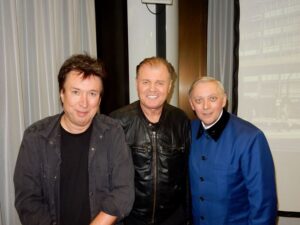 The genesis of ‘Fade To Grey’ occurred during soundchecks on ‘The Touring Principle’, but Payne recalled how the song’s cyclic structure had been composed during his time at music college.
The genesis of ‘Fade To Grey’ occurred during soundchecks on ‘The Touring Principle’, but Payne recalled how the song’s cyclic structure had been composed during his time at music college.
With regards the song’s female French voice, while the eventual German No1 featured RUSTY EGAN’s then-girlfriend Brigitte, the idea had come from Monsieur Payne and featured on the original recording made at Martin Rushent’s Genetic Studios with a different lyric.
Mute Records impresario DANIEL MILLER and techno guru CHRIS LIEBING followed and while Miller reflected on his love of German music which inspired his own recordings, he highlighted the musical kinship he had with Liebing and even joked that they would probably want to play exactly the same tracks during their DJ sets later that night at the Time Warp club night hosted by Salon des Amateurs.
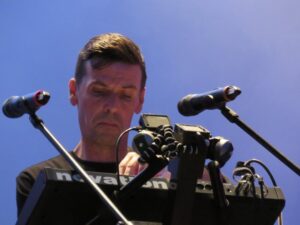 The ELECTRI_CITY_CONFERENCE was about live music too and Manchester electronic veteran ERIC RANDOM had the honour of opening proceedings.
The ELECTRI_CITY_CONFERENCE was about live music too and Manchester electronic veteran ERIC RANDOM had the honour of opening proceedings.
Random recently released his new album ‘Words Made Flesh’ on Austrian record label Klanggalerie, but the one-time CABARET VOLTAIRE and NICO collaborator made his return in 2014 with ‘Man Dog’, having last issued a long player using his own name in 1986 as ERIC RANDOM & THE BEDLAMITES.
Opening with his set with the groovy ‘Knock Yourself Out’, he captured the ethos of the weekend with his sinister but funky, voice sample laden electro. Occasionally adding vocoder and his own FAD GADGET inspired vocals as on the hard beat driven ‘Let It Go’, the Germanic environment more that suited his stark style of presentation.
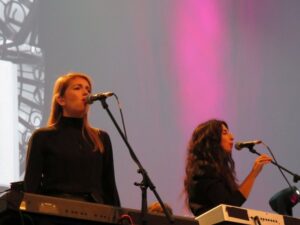 MARSHEAUX’s appearance prompted dancing in the aisles and despite monitor issues, the duo delivered a fine performance which can soon be witnessed in the UK at TEC004 in Norwich.
MARSHEAUX’s appearance prompted dancing in the aisles and despite monitor issues, the duo delivered a fine performance which can soon be witnessed in the UK at TEC004 in Norwich.
The brooding aggression of ‘Burning’ from the new album ‘Ath.Lon’ proved to be a highlight, while other newbies such as ‘Safe Tonight’ sat well next to slightly reworked fan favourites like ‘Breakthrough’, ‘Dream Of A Disco’ and ‘Come On Now’.
A beautiful rendition of DEPECHE MODE’s ‘The Sun & The Rainfall’ won over anyone who wasn’t already convinced, with two new converts being Claudia Schneider-Esleben, sister of KRAFTWERK co-founder Florian and JOHN FOXX who sat absorbed throughout the entire set.
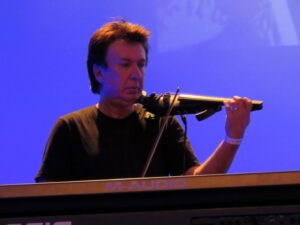 Finishing proceedings on day one was RUSTY EGAN with a part live-part DJ presentation of his upcoming record ‘Welcome To The Dancefloor’.
Finishing proceedings on day one was RUSTY EGAN with a part live-part DJ presentation of his upcoming record ‘Welcome To The Dancefloor’.
Augmented by NIKONN and CHRIS PAYNE, it began with a marvellous dual overture where the latter performed instrumental piano based renditions of ‘Down In The Park’ and ‘Fade To Grey’.
He even sneaked in snatches of Numan evergreens ‘Are Friends Electric?’ and ‘Cars’ as well.
Seguing into the ‘Nu Cinematic’ ambient version of VISAGE’s German No1 featuring Payne on violin, there was then the surprise inclusion of the beautiful VISAGE instrumental ‘Whispers’; this was not entirely successful as the monitor problems continued, but it was a brave choice and more than welcome for that very reason.
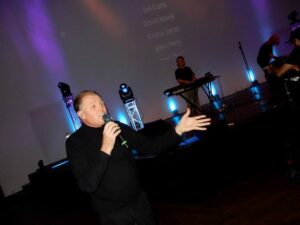 Erik Stein joined the ensemble for ‘Ballet Dancer’ and ‘Love Is Coming My Way’, his voice more than complimenting the two synth heavy tunes before the video playback section. Featuring the lead vocals of Andy Huntley, Midge Ure, Emily Kavanaugh and Tony Hadley, such was his enthusiasm, Egan couldn’t resist joining in on the mic. But Egan got his turn on lead when he morphed into an MC for ‘Wonderwerke’, adding a “was ist das?” snarl shaped by his inimitable London swagger.
Erik Stein joined the ensemble for ‘Ballet Dancer’ and ‘Love Is Coming My Way’, his voice more than complimenting the two synth heavy tunes before the video playback section. Featuring the lead vocals of Andy Huntley, Midge Ure, Emily Kavanaugh and Tony Hadley, such was his enthusiasm, Egan couldn’t resist joining in on the mic. But Egan got his turn on lead when he morphed into an MC for ‘Wonderwerke’, adding a “was ist das?” snarl shaped by his inimitable London swagger.
Closing the main set with ‘Thank You’, Egan’s vocodered list of musical heroes over layers of sweeping synths even prompted him to walk into the audience to encourage their additional robotised contributions.
The following day began with artists and journalists being given an informal tour of Düsseldorf by Rudi Esch. The landmarks included Düsseldorf HBF where KRAFTWERK had their iconic monochromatic photo on Gleis 17 taken and the entrance to the former Kling Klang studios.
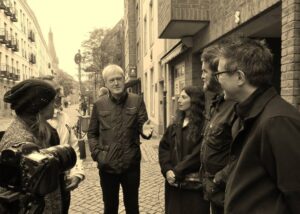 Among those present were JOHN FOXX and MARSHEAUX, with one particularly memorable moment taking place outside Der Ratinger Hof, when Foxx held court as he chatted about working with Conny Plank on ‘Systems Of Romance’.
Among those present were JOHN FOXX and MARSHEAUX, with one particularly memorable moment taking place outside Der Ratinger Hof, when Foxx held court as he chatted about working with Conny Plank on ‘Systems Of Romance’.
Appropriately, formal second day proceedings began with the showing of ‘Keine Atempause – Düsseldorf, Der Ratinger Hof und Die Neue Musik’, a film about the city’s music scene followed by a panel Q&A.
But afterwards, a familiar character from Berlin reappeared. The scheduled speaker MARTYN WARE had unfortunately been taken ill, so MARK REEDER kindly stepped in with an interview in English conducted by ELECTRICITYCLUB.CO.UK; this chat differed from the day before, focussing on Reeder’s own music career and his long association with NEW ORDER.
Interviewed by German journalist Ecki Stieg, JOHN FOXX gave a marvellously eloquent talk covering his entire career. Working with Brian Eno on the first ULTRAVOX! album, the one-time ROXY MUSIC synthesist told Foxx it was important to keep a space at the end of an album to make a new song out of nothing; that nothing of course became ‘My Sex’. Reflecting on the recording of ‘Systems Of Romance’ to applause from the attentive audience, Foxx also declared Conny Plank as the most important record producer since George Martin.
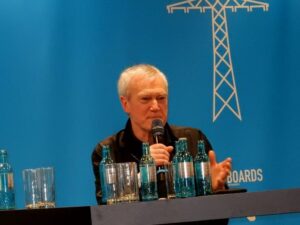 Despite the innovation of his debut solo album ‘Metamatic’, Foxx moved away from pure electronics due to criticism that his music was cold.
Despite the innovation of his debut solo album ‘Metamatic’, Foxx moved away from pure electronics due to criticism that his music was cold.
At the time he thought “Maybe I’ve done the wrong thing… it made me afraid of my own music in a way… I’ve never been any good at judging the quality of what I do, I like it but don’t know if it’s any good or not!” – this led to the more band oriented sound of the follow-up ‘The Garden’ which included the actual ‘Systems Of Romance’ song.
Talking about his third solo album ‘The Golden Section’, Foxx said “I wanted to combine electronics with psychedelia… I think I failed because I tried to fit too many favourite things together. It’s always a mistake, it’s like having a meal with all your favourite food, you have fish and pudding and cake and soup and it’s not good! You might love them all, but if you put them on the same plate… but it was out of enthusiasm so I can forgive my younger self for making mistakes like that!”
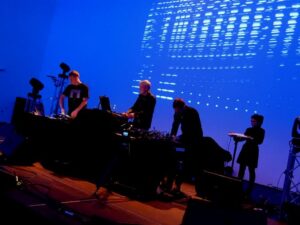 Premiered in 2014 at London’s South Bank, JOHN FOXX and STEVE D’AGOSTINO supported by visual artist KARBORN gave an assured performance of ‘Evidence Of Time Travel’, “a unique investigation of the terrors and pleasures of temporal displacement. A sinister sonic architecture of drum-machine-music and analogue synthesizers”.
Premiered in 2014 at London’s South Bank, JOHN FOXX and STEVE D’AGOSTINO supported by visual artist KARBORN gave an assured performance of ‘Evidence Of Time Travel’, “a unique investigation of the terrors and pleasures of temporal displacement. A sinister sonic architecture of drum-machine-music and analogue synthesizers”.
KARBORN’s cut-up images and filmed segments complimented the stark and stoic soundtrack.
A continually evolving audio / visual experience, the finale of ‘Empty Clothing Blows Across A Beach’ saw Katia Isakoff join the trio on a Moog Theremin.
Locking into a wonderfully trippy improvisation, disturbing schizophrenic voices also reverberated around the enclosure.
The second day concluded with a unique presentation of the silent art movie ‘Nuntius’. Featuring a live improvised soundtrack from Finnish musicians JIMI TENOR and JORI HULKKONEN, the film stars MR NORMALL as its central, alien character. Seemingly manufactured in outer space, MR NORMALL explores the woods, stares intensely and even rides a motorcycle sidecar combination through a tunnel in Helsinki with a Shetland sheepdog named Louis.
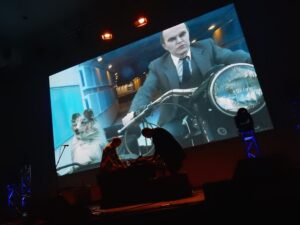 The film’s accompanying music ranged from blippy ambient to frantic motorik, with Tenor occasionally taking to a flute while Hulkkonen brought out his portable Trautonium, an electronic instrument with a pressure sensitive glided board and whose conceptual origins date back to 1929.
The film’s accompanying music ranged from blippy ambient to frantic motorik, with Tenor occasionally taking to a flute while Hulkkonen brought out his portable Trautonium, an electronic instrument with a pressure sensitive glided board and whose conceptual origins date back to 1929.
The whole experience was totally mindbending and when MR NORMALL appeared on stage with Tenor and Hulkkonen, things became even more surreal.
It was fabulous weekend that was a reminder of Düsseldorf’s importance as a centre for art, culture and fashion. With the rising profile of the ELECTRI_CITY_CONFERENCE, the 2017 event will be a must-attend date in next year’s diary.
 ELECTRICITYCLUB.CO.UK gives its warmest thanks to Rudi Esch and Carsten Siewert
ELECTRICITYCLUB.CO.UK gives its warmest thanks to Rudi Esch and Carsten Siewert
Live performances can be viewed at
http://concert.arte.tv/de/electricity-conference
www.electricity-conference.com/
www.facebook.com/ELECTRICITY.Conference
www.facebook.com/Electri.city.Esch/
http://www.electronicmusiclibrary.com/
https://twitter.com/theericrandom
www.facebook.com/markreedermusic/
https://bellerophon-records.com/
Text by Chi Ming Lai
Photos by Markus Luigs, Roger Kamp, Lola Li and Chi Ming Lai
23rd October 2016

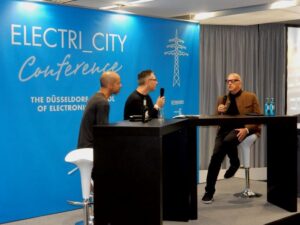
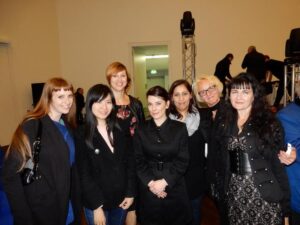
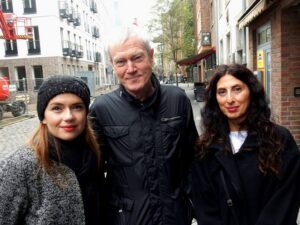
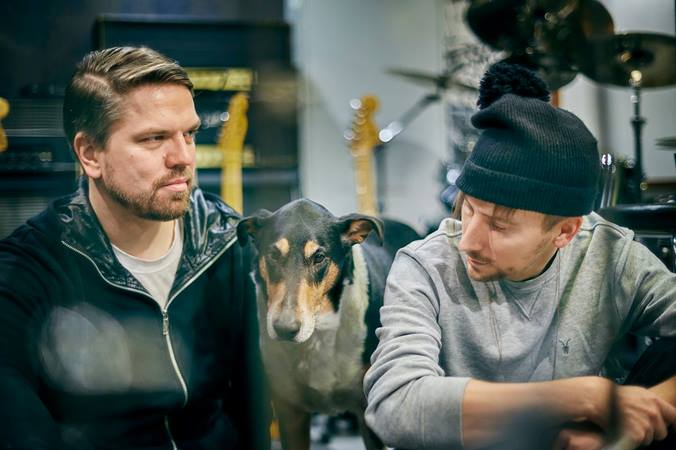
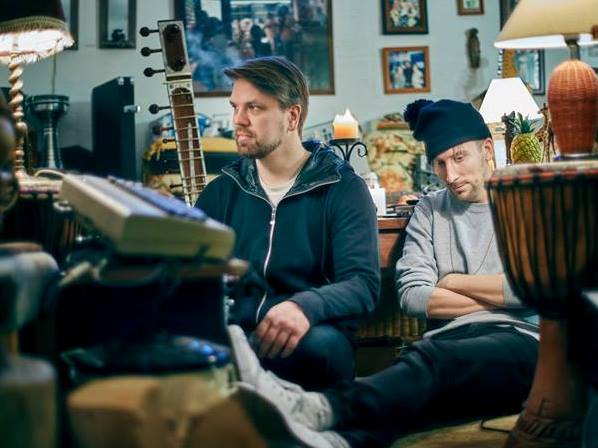

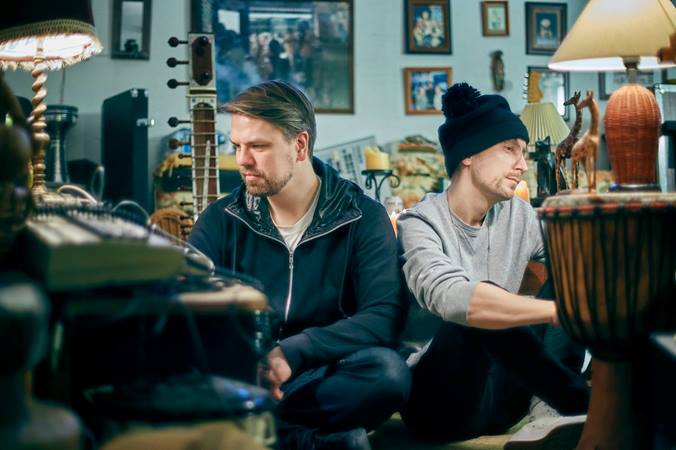
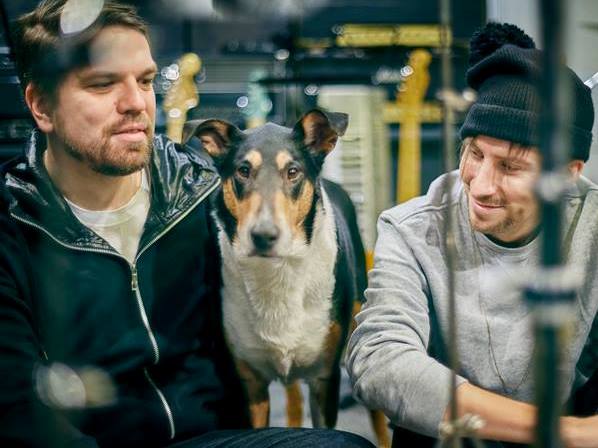
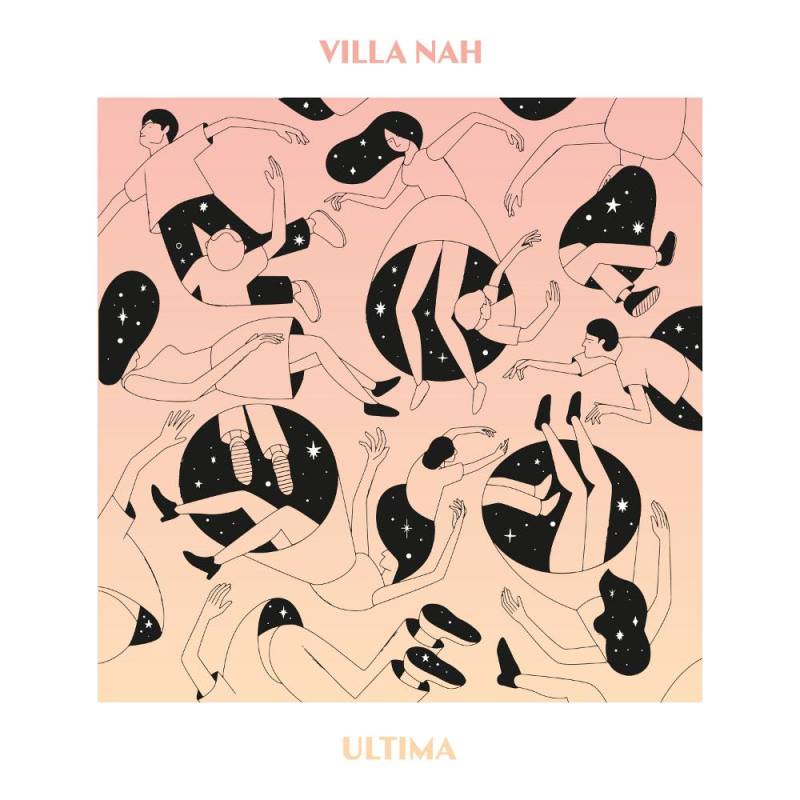
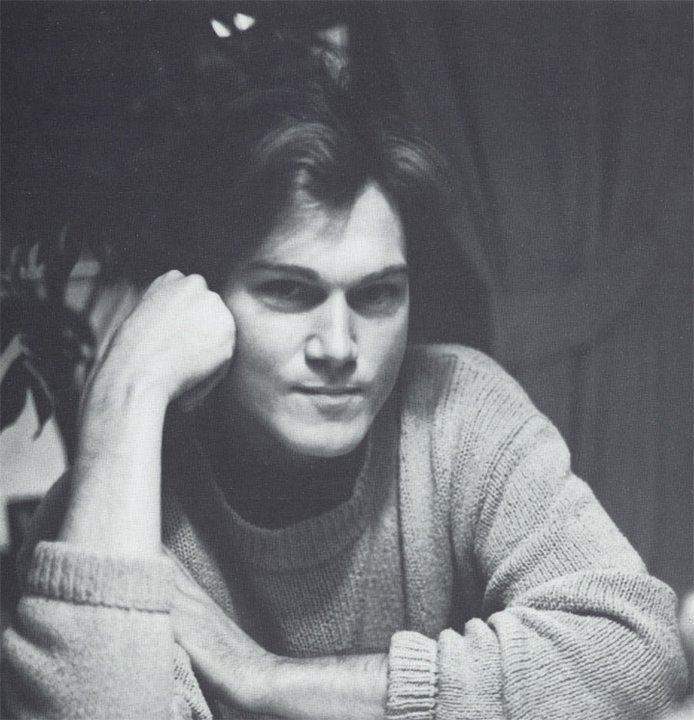

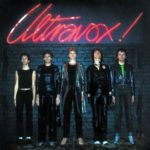
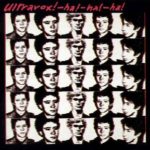
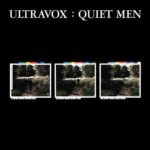
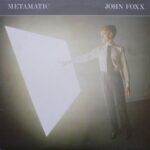

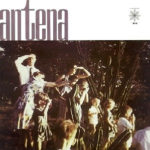

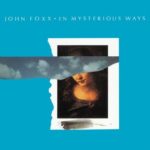
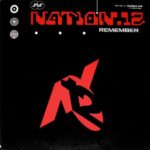 Foxx made an unexpected return to music with an acid house inspired number produced by Tim Simenon of BOMB THE BASS fame: “It was a great experience – a new underground evolving from post-industrial Detroit, using analogue instruments rescued from skips and pawn shops… Tim Simenon turned up wanting me to do some music… so Foxx was out the freezer and into the microwave…”
Foxx made an unexpected return to music with an acid house inspired number produced by Tim Simenon of BOMB THE BASS fame: “It was a great experience – a new underground evolving from post-industrial Detroit, using analogue instruments rescued from skips and pawn shops… Tim Simenon turned up wanting me to do some music… so Foxx was out the freezer and into the microwave…”
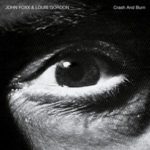
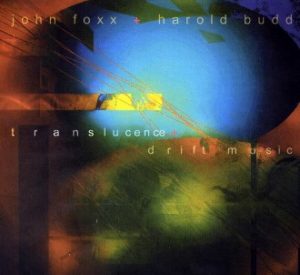
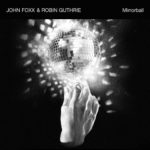
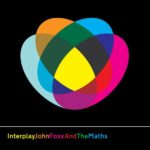
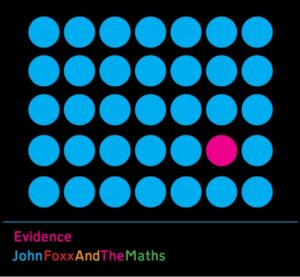
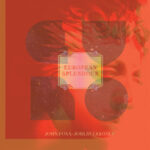
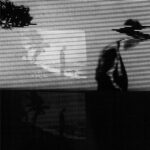
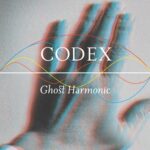

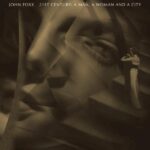
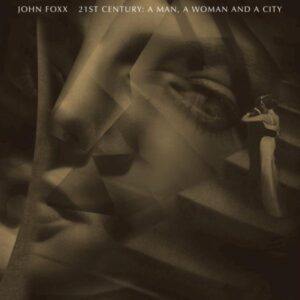

Follow Us!